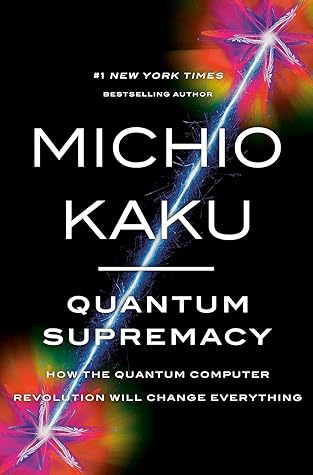More on this book
Community
Kindle Notes & Highlights
It’s staggering to realize that photosynthesis creates 15,000 tons of biomass per second, which is responsible for covering the earth with green vegetation.
Billions of years of plant evolution might be squeezed into a few months on a quantum computer.
Now, it’s a question of economics, that is, whether industry and government will get behind recycling CO2 given its cost.
Looking beyond our solar system, there is another reason to use quantum computers, and this is to catalogue all the planets circling other stars. Already, the Kepler space telescope and other satellites and ground-based telescopes have detected about 5,000 exoplanets in our own backyard of the Milky Way galaxy. This means that, on average, every star we see at night has a planet going around it. Perhaps roughly 20 percent of all exoplanets are earthlike, so that our own galaxy may have billions of earthlike planets beyond those we’ve already identified.
Astronomer Frank Drake, in the 1950s, came up with an equation that tried to estimate how many advanced civilizations there might be in the galaxy. You start with the 100 billion stars in the galaxy, and reduce that number with a series of reasonable assumptions. You reduce it by the fraction that have planets, the fraction that have planets with atmospheres, the fraction that have planets with atmospheres and oceans, the fraction that have planets with microbial life, etc. No matter how many or how few reasonable assumptions you make about these planets, the final number is usually in the
...more


